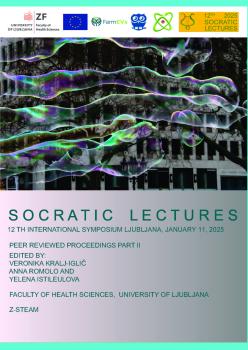Microalgal Technologies: Treatment Strategy for Contaminants of Emerging Concern
Kratka vsebina
The increasing presence of contaminants of emerging concern (CEC) in aquatic environments poses significant risks to ecosystems and human health. Traditional wastewater treatment plants (WWTPs) are not equipped to efficiently remove these pollutants, necessitating the development of advanced treatment methods. This article explores the potential of microalgal technologies as a sustainable and cost-effective strategy for CEC removal. Microalgae, such as Chlorella sp., Chlamydomonas sp., and Scenedesmus sp., demonstrate resilience to high concentrations of CEC and offer multiple mechanisms for pollutant removal, including biosorption, bioaccumulation, biodegradation, photodegradation, and volatilization. The article discusses various cultivation methods, including planktonic, immobilized, and mixed biofilm cultures, and highlights the advantages and challenges associated with each. Further research is needed to optimize microalgal cultivation conditions and integration into wastewater treatment processes in order to achieve high CEC removal efficiency. By addressing these challenges, microalgal technologies can enhance the efficiency and sustainability of wastewater treatment systems, contributing to improved water quality and environmental protection.
Prenosi
Pages
Najavljeno
Kategorije
Licenca

To delo je licencirano pod Creative Commons Priznanje avtorstva-Deljenje pod enakimi pogoji 4.0 mednarodno licenco.


